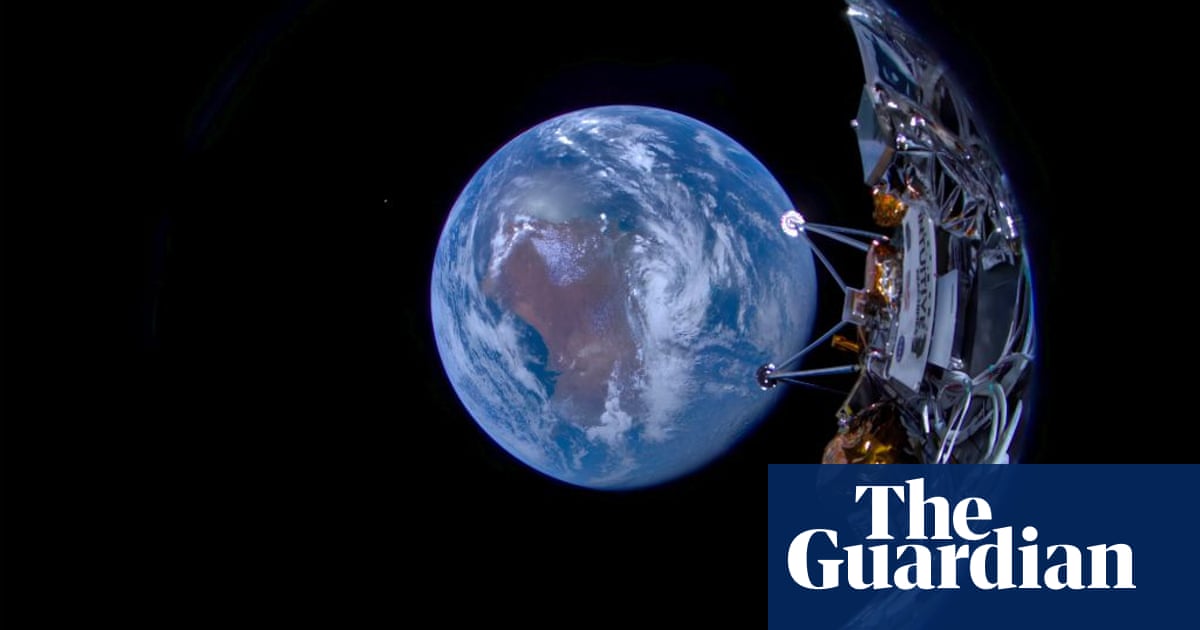Odysseus, the first US-built spacecraft to touchdown on the moon in more than half a century, is tipped over on its side, according to an update from Nasa and Intuitive Machines, the company that built and operated the lander.
The robotic lander descended on to the south polar region of the moon on Thursday at 6.23pm ET. But several minutes passed before flight controllers were able to pick up a signal from the lander’s communication systems.
As it landed, Odysseus “caught a foot in the surface and tipped” said Intuitive Machines CEO Steve Altemus, ending up on its side.
Still, the lander is “near or at our intended landing site”, he said. Nasa and Intuitive Machines said they have been receiving data from the lander and believe that most of the scientific instruments that it is carrying are in a position to work.



To be fair, the recent bunch of failed or partially successful landers have mostly been countries that haven’t landed on the moon before, or private companies that haven’t done it themselves and have an incentive to save money during the design process, or Russia, which has been letting their space program decay for some time now.
You gotta consider that when a country doesn’t do something for sixty years, that means basically anyone that actually worked on it has retired. They probably have access to more research and data but it’s probably all stored in ancient formats barely used anymore.
True, a lot of institutional knowledge gets lost. Although we have been landing probes on Mars for a good long time. I can’t imagine the level of precision and complexity required even to crash something on the moon much less land in one piece. No doubt a lot can go wrong. Maybe the lunar surface at the landing site is less even than expected or less even than mars or… Idk.
The big challenge of the Moon vs Mars is that Mars at least has an atmosphere. It’s not nearly as thick as Earth’s but it’s something and you can do some aerodynamic braking. The Moon basically has nothing; you have to use rockets all the way down.
Yes but a moon landing is fundamentally easier in most respects, while using substantially similar technology, than landing a rocket booster on earth or a rover on mars.
Landing on the moon is, as far as it can be, trivial for a group like NASA. It’s much more challenging for a small private company like Intuitive that has never built a lander before.
Mars atmosphere kills most lateral momentum during the entry and landing process. On the moon, you have to use thrusters to kill it, but not too much or you’ll be moving laterally the other direction. Makes it easier to have too much momentum and trip your landing struts.
You can also use parachutes on Mars. You might not even use landing struts and just land flat on the belly.
I find it funny this comment got upvoted more than mine. I am a guidance engineer that worked at NASA on lunar lander programs, it’s literally my job to be an expert in this stuff. Modern computing has reduced propellant usage a bit and improved targeting accuracy, but we have had usable solutions to this problem since the 60s.
Atmosphere makes the problem MUCH harder because the dynamics are far more complicated and the uncertainties are higher.